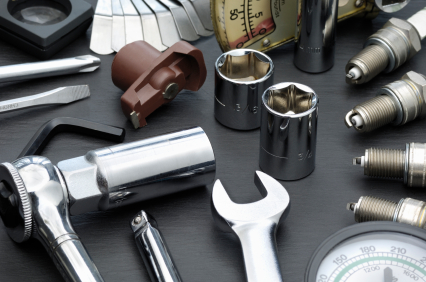Learner Driver Car Insurance: Do You Need It?
Why you need auto insurance with your learner driver permit and what to do about it
Congratulations on getting your learner driver permit! The question to ask now is: do you need insurance to drive now?
Even at this stage in your driving career, the answer is an absolute “yes” in all 50 states. All drivers and all vehicles must be insured — no exceptions.
But how exactly is this done? How do you get learner driver car insurance?
Sometimes it’s as simple as understanding car insurance for teens. But often the specific answer varies greatly depending on situation, company, and state.
Learner Driver Car Insurance for Teenagers
If the driver is a teenager, learner driver auto insurance is best acquired by placing the new driver on a parent’s policy. The insurance company will need the learner driver’s state-issued license number and a vehicle to place the driver on.
This can be a tricky proposition. Some companies insist on placing the highest-risk driver on a policy on the most expensive car – you’ll have to check with your agent or broker.
The ideal situation would be to place the teenager on an older, paid-for vehicle with liability-only coverage. Make no mistake – this is going to be expensive no matter how it’s done.
Even so, given the big expense of insuring a teenager on a full-coverage policy on a newer vehicle, it might make financial sense for the family to buy an older car to insure their teenager. Naturally, check with an agent to make sure this is feasible for your particular situation.
Learner Driver Car Insurance for Adults
The situation is a bit different for adults who are driving for the first time. Many companies will take an adult driver on a learner permit in their high-risk company. Being placed in high-risk is due both to their lack of driving history as well as their lack of insurance history. While this can be expensive, many adults can move to a less expensive standard company after six months if all goes well.
An option an adult may consider for learner driver car insurance is a “non-owned” policy. This is a liability-only policy that covers only a particular driver and not any particular vehicle. A non-owned policy satisfies state liability insurance requirements and at the same time starts the clock on the driver’s insurance history sooner than later.
To qualify for a non-owned policy a driver must not have a car registered in his or her name. Otherwise the company will require the policy to be written on that car, even if it’s not the car being driven.
When You Get Your Full License
It stands to reason that an insurance company will not continue to insure a driver on a learner’s permit indefinitely. The driver will need to show proof of obtaining a full license in a timely manner to avoid cancellation. Most companies will allow a few months for this.
No company will wait around forever. You should provide the insurance company your full driver’s license information as soon as possible to avoid any problems.





